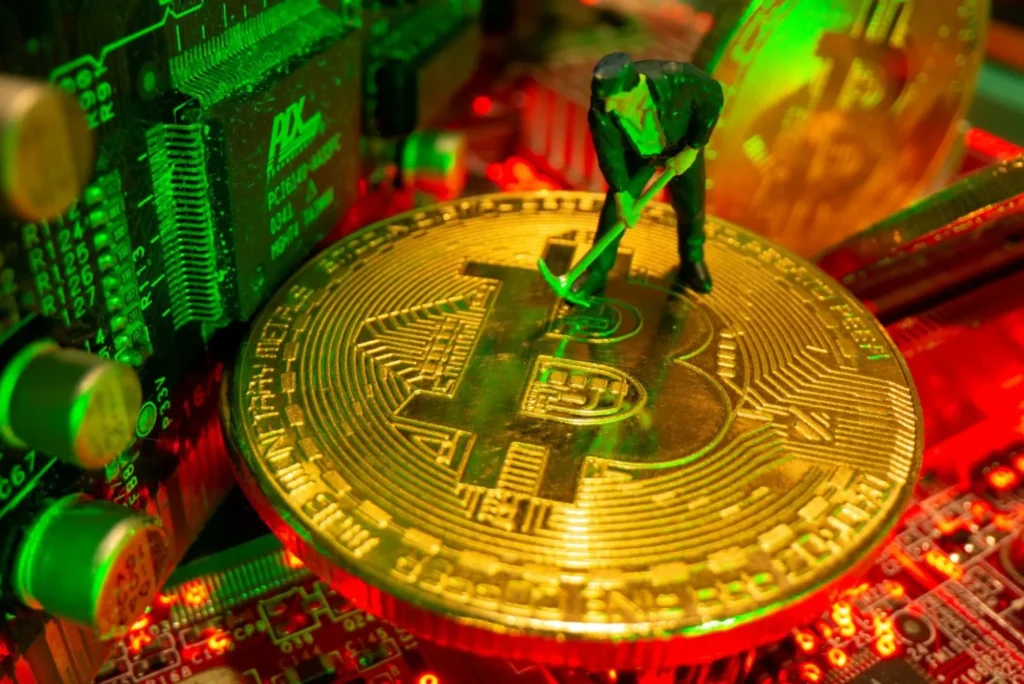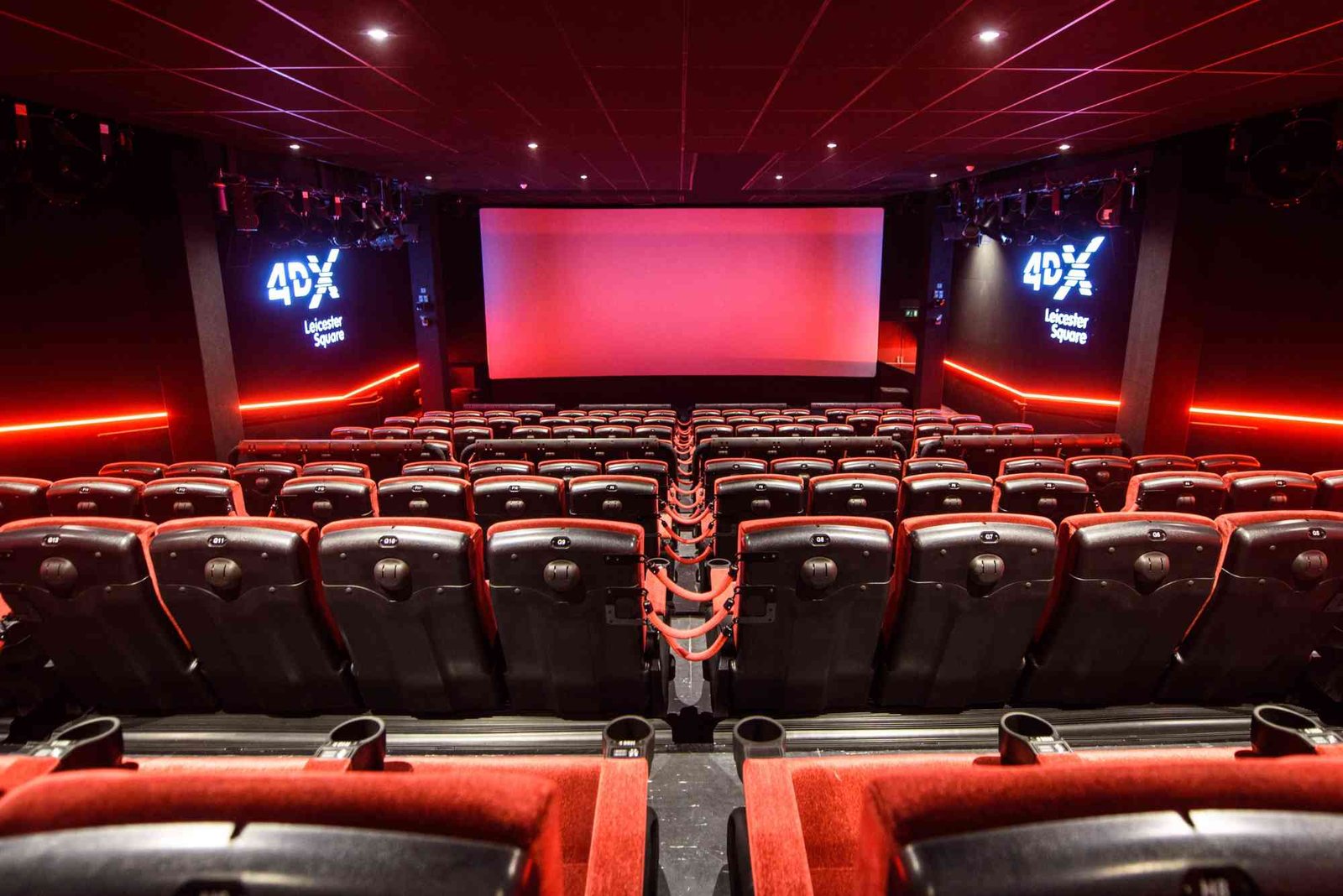How to Mine Cryptocurrency:
Cryptocurrency mining is the process of verifying and adding transactions to the blockchain ledger. This activity is performed by miners who use computational power to solve complex mathematical problems. In return for their efforts, miners are rewarded with new cryptocurrency coins. Whether you’re interested in Bitcoin, Ethereum, or other altcoins, mining can be a profitable venture if done correctly. In this guide, we’ll explore the essentials of cryptocurrency mining, from choosing the right hardware to optimizing your mining strategy.
Understanding Cryptocurrency Mining
What is Cryptocurrency Mining?
Cryptocurrency mining involves validating transactions on a blockchain network. Each transaction is bundled into a block, which miners must verify. Once verified, the block is added to the blockchain, and the miner receives a reward in the form of cryptocurrency. This process ensures the security and integrity of the blockchain.
How Mining Works
Miners use powerful computers to solve cryptographic puzzles. These puzzles are computationally intensive and require significant processing power. The first miner to solve the puzzle gets to add the block to the blockchain and is rewarded with cryptocurrency. This process is known as “Proof of Work” (PoW).
Getting Started with Cryptocurrency Mining
Choosing the Right Hardware
ASICs vs. GPUs
When it comes to mining, you have two primary options: Application-Specific Integrated Circuits (ASICs) and Graphics Processing Units (GPUs).
ASICs are specialized devices designed specifically for mining. They offer high performance and energy efficiency but are limited to mining specific coins.
GPUs are more versatile and can mine a variety of cryptocurrencies. While not as efficient as ASICs, they are a popular choice for many miners due to their flexibility.
Setting Up Your Mining Rig
Hardware Requirements
To set up a mining rig, you’ll need the following components:
- Mining hardware (ASIC or GPU)
- Power supply unit (PSU)
- Motherboard
- RAM and storage
- Cooling system
Building Your Rig
Start by assembling your hardware. Connect the PSU to the motherboard and install the RAM and storage. Attach your mining hardware and ensure proper cooling to prevent overheating. Once assembled, you’ll need to install the necessary software to start mining.

Mining Software and Pools
Choosing Mining Software
The right mining software depends on the cryptocurrency you’re mining and your hardware setup. Some popular mining software includes:
- CGMiner: A versatile option for ASIC and GPU mining.
- BFGMiner: Similar to CGMiner but with more advanced features.
- EasyMiner: User-friendly software ideal for beginners.
Joining a Mining Pool
Mining pools are groups of miners who combine their computational power to increase their chances of solving blocks. By joining a pool, you can earn more consistent rewards. Popular mining pools include:
- Slush Pool
- Antpool
- F2Pool
Optimizing Your Mining Operation
Electricity and Cooling
Mining requires significant electricity, so it’s essential to monitor and manage your energy consumption. Use energy-efficient hardware and consider renewable energy sources if possible. Additionally, ensure your mining rig is adequately cooled to prevent overheating and maintain optimal performance.
Overclocking and Tuning
To maximize your mining efficiency, you can overclock your hardware. This involves increasing the clock speed of your GPU or ASIC to boost performance. However, be cautious as overclocking can lead to increased heat and potential hardware damage. Use software like MSI Afterburner for GPUs to fine-tune your settings.
Profitability and Considerations
Calculating Profitability
Before investing in mining, calculate potential profitability using online calculators. Input factors like electricity costs, hardware efficiency, and current cryptocurrency prices to estimate your earnings.
Staying Updated
The cryptocurrency landscape is constantly evolving. Stay informed about market trends, regulatory changes, and technological advancements to ensure your mining operation remains profitable.
Cryptocurrency Bill Parliament
The proposed cryptocurrency bill in parliament aims to create a regulatory framework for digital currencies. It addresses issues such as consumer protection, market integrity, and the prevention of illicit activities. Cryptocurrency Bill Parliament The bill seeks to balance innovation with the need for security and oversight, ensuring that the cryptocurrency market can grow responsibly. By providing clear guidelines and standards, the legislation aims to foster trust and stability in the market, encouraging broader adoption of digital currencies.
One of the key aspects of the bill is the introduction of licensing requirements for cryptocurrency exchanges and wallet providers. These entities will need to adhere to strict know-your-customer (KYC) and anti-money laundering (AML) protocols. This is expected to enhance transparency and reduce the risk of fraud and other illegal activities. Additionally, the bill proposes the establishment of a regulatory body to oversee the cryptocurrency sector, ensuring compliance with the new rules. This proactive approach is intended to create a safer environment for investors and promote the legitimate use of digital currencies in the economy.









